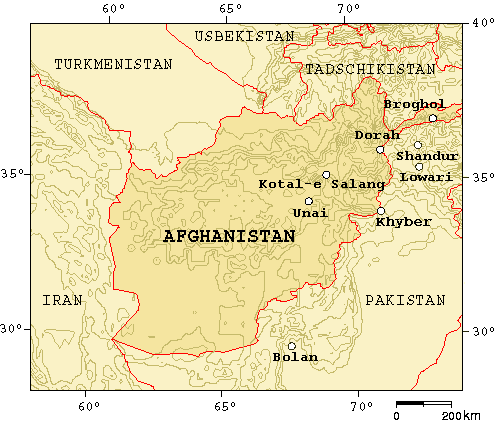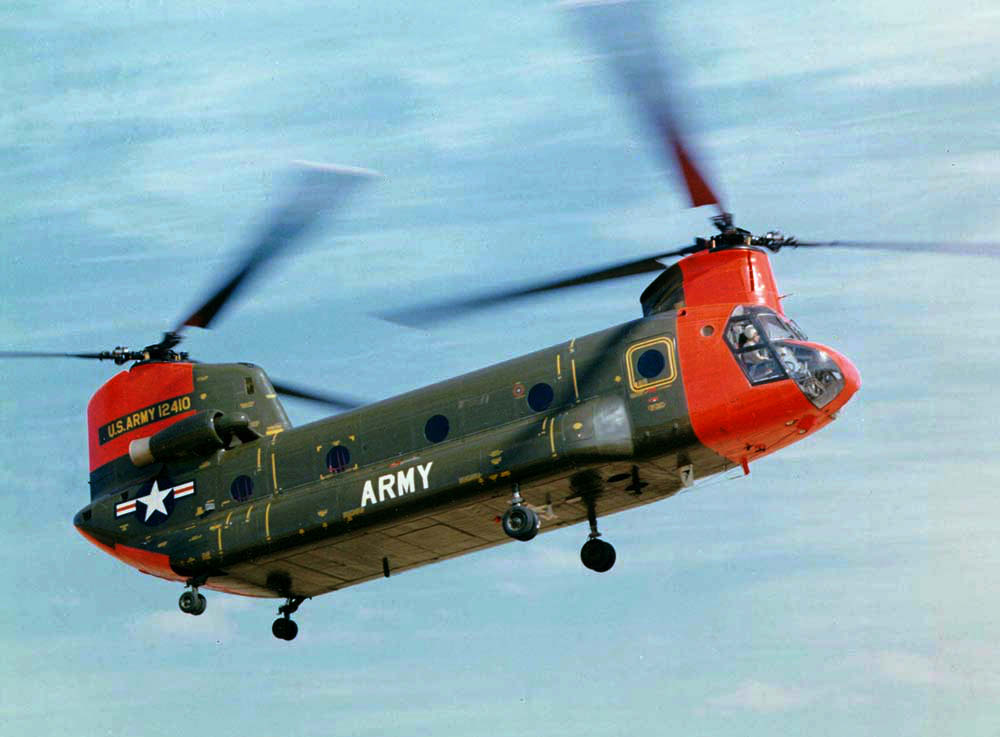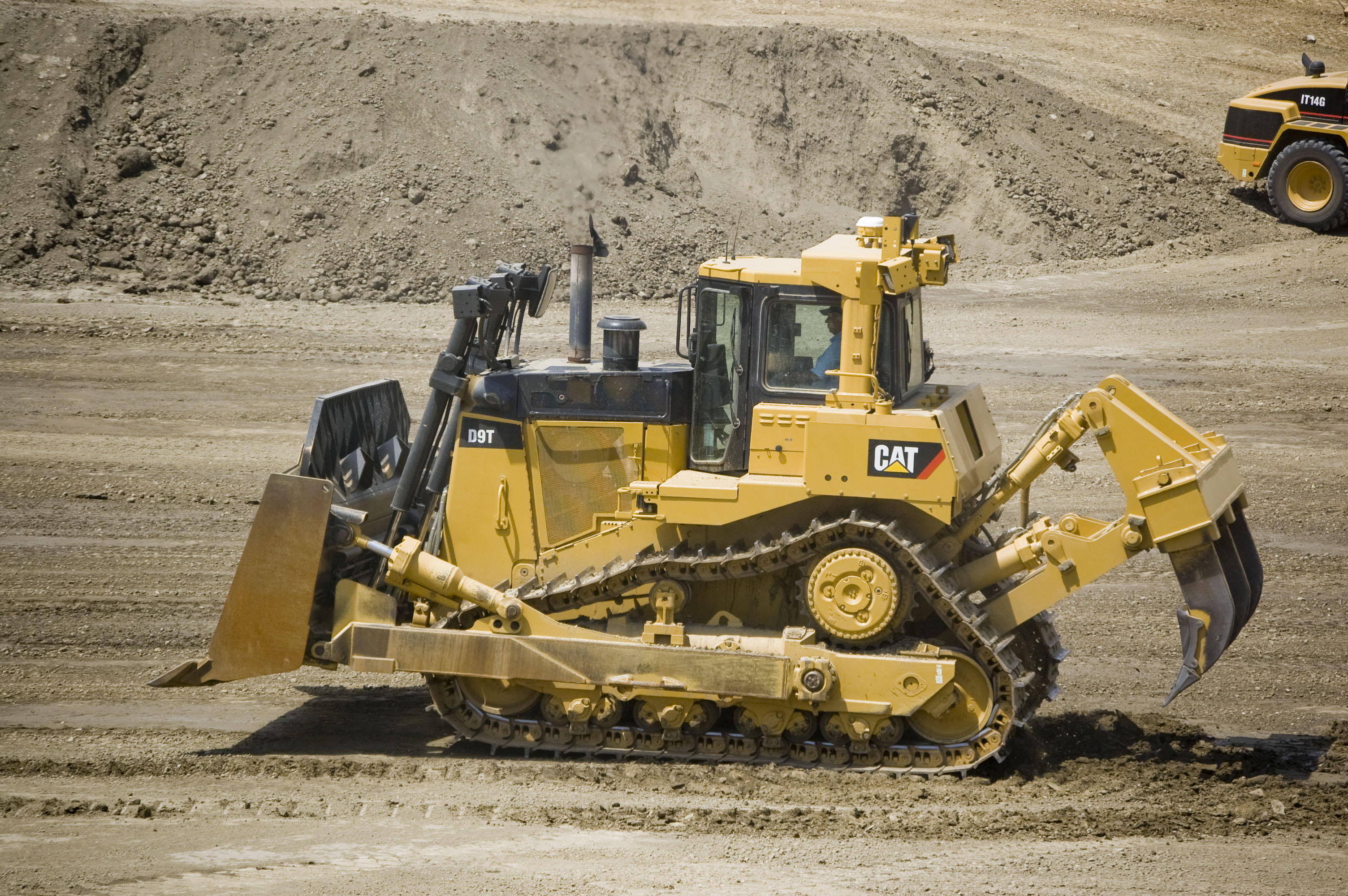|
2010 Salang Avalanches
The 2010 Salang avalanches ( prs, برفکوچهای سالنگ, ps, سالنګ کې د واورې ښوئېدنې) consisted of a series of at least 36 avalanches that struck the southern approach to the Salang Tunnel, north of Kabul. They were caused by a freak storm in the Hindu Kush mountains. Leading up to the disaster About 250 avalanches annually strike the road. During the 2008/9 season, the total loss of life in Afghanistan due to avalanche was about 40 people. On 7 February 2010, the Afghan Red Crescent Society (ARCS) reported that 10 people were killed in Kandahar Province. Najibullah Barith, ARCS's director in Kandahar complained about the lack of local and national resources. A spokesman for the Afghanistan National Disasters Management Authority said that 11 people were killed by avalanches in Farah Province, Farah, Bamyan Province, Bamyan, Ghor and Daykundi provinces of Afghanistan, provinces between 4 and 8 February. The Afghan flash floods and avalanche ... [...More Info...] [...Related Items...] OR: [Wikipedia] [Google] [Baidu] |
Salang Pass
The Salang Pass ( ps, د سالنګ لاره; prs, كتل سالنگ ''Kutal-i Salang'', el. ) is the primary mountain pass connecting northern Afghanistan with Parwan Province, with onward connections to Kabul Province, southern Afghanistan, and to the Pakistani province of Khyber Pakhtunkhwa.Library of Congress Country Study: Afghanistan Chapter 2: Mountains Located on the border of and , it is just to the East of the |
Provinces Of Afghanistan
Afghanistan is divided into 34 provinces (, '' wilåyat''). The provinces of Afghanistan are the primary administrative divisions. Each province encompasses a number of districts or usually over 1,000 villages. Provincial governors played a critical role in the reconstruction of the Afghan state following the creation of the new government under Hamid Karzai. According to international security scholar Dipali Mukhopadhyay, many of the provincial governors of the western-backed government were former warlords who were incorporated into the political system. Provinces of Afghanistan Regions of Afghanistan UN Regions Former provinces of Afghanistan During Afghanistan's history it had a number of provinces in it. It started out as just Kabul, Herat, Qandahar, and Balkh but the number of provinces increased and by 1880 the provinces consisted of Balkh, Herat, Qandahar, Ghazni, Jalalabad, and Kabul. * Southern Province – dissolved in 1964 to create Paktia Provinc ... [...More Info...] [...Related Items...] OR: [Wikipedia] [Google] [Baidu] |
Charikar Hospital
Imam Abu Hanifa ( fa, امام ابو حنیفه), historically known as Charikar ( Persian: چاریکار) but renamed by Talibans recently to Imam Abu Hanifa, is the main town of the Koh Daman Valley and the capital of Parwan Province in northern Afghanistan. It has a population of around 171,200, which is majority Tajik populated. The city lies on the Afghan Ring Road, 69 km from Kabul along the route to the northern provinces. Travelers would pass Imam Abu Hanifa City when traveling to Mazar-i-Sharif, Kunduz or Puli Khumri. Despite the proximity to Kabul, slightly more than half of the land is not built-up. Of the built-up land almost equal parts is residential (37%) as vacant plots (32%) with a grid network of road coverage amounting to 19% of built-up land area. Imam Abu Hanifa City is at the gateway to the Panjshir Valley, where the Shamali plains meet the foothills of the Hindu Kush. Imam Abu Hanifa City is known for its pottery and high-quality grapes. The ... [...More Info...] [...Related Items...] OR: [Wikipedia] [Google] [Baidu] |
Chinook Helicopter
The Boeing CH-47 Chinook is a tandem rotor helicopter developed by American rotorcraft company Vertol and manufactured by Boeing Vertol. The Chinook is a heavy-lift helicopter that is among the heaviest lifting Western helicopters. Its name, Chinook, is from the Native American Chinook people of Oregon and Washington state. The Chinook was originally designed by Vertol, which had begun work in 1957 on a new tandem-rotor helicopter, designated as the Vertol Model 107 or V-107. Around the same time, the United States Department of the Army announced its intention to replace the piston engine–powered Sikorsky CH-37 Mojave with a new, gas turbine–powered helicopter. During June 1958, the U.S. Army ordered a small number of V-107s from Vertol under the ''YHC-1A'' designation; following testing, it came to be considered by some Army officials to be too heavy for the assault missions and too light for transport purposes. While the YHC-1A would be improved and adopted by the U.S. M ... [...More Info...] [...Related Items...] OR: [Wikipedia] [Google] [Baidu] |
International Security Assistance Force
' ps, کمک او همکاري ' , allies = Afghanistan , opponents = Taliban Al-Qaeda , commander1 = , commander1_label = Commander , commander2 = , commander2_label = , commander3 = , commander3_label = Chief of Staff , notable_commanders = Gen. John F. Campbell (2014) , identification_symbol = , identification_symbol_label = Flags The International Security Assistance Force (ISAF) was a multinational military mission in Afghanistan from 2001 to 2014. It was established by United Nations Security Council Resolution 1386 pursuant to the Bonn Agreement, which outlined the establishment of a permanent Afghan government following the U.S. invasion in October 2001. ISAF's primary goal was to train the Afghan National Security Forces (ANSF) and assist Afghanistan in rebuilding key government institutions; it gradually took part in the broader war in Afghanistan against the Taliban insurgency. ISAF's initial mandate was ... [...More Info...] [...Related Items...] OR: [Wikipedia] [Google] [Baidu] |
NATO
The North Atlantic Treaty Organization (NATO, ; french: Organisation du traité de l'Atlantique nord, ), also called the North Atlantic Alliance, is an intergovernmental military alliance between 30 member states – 28 European and two North American. Established in the aftermath of World War II, the organization implemented the North Atlantic Treaty, signed in Washington, D.C., on 4 April 1949. NATO is a collective security system: its independent member states agree to defend each other against attacks by third parties. During the Cold War, NATO operated as a check on the perceived threat posed by the Soviet Union. The alliance remained in place after the dissolution of the Soviet Union and has been involved in military operations in the Balkans, the Middle East, South Asia, and Africa. The organization's motto is ''animus in consulendo liber'' (Latin for "a mind unfettered in deliberation"). NATO's main headquarters are located in Brussels, Belgium, while NATO ... [...More Info...] [...Related Items...] OR: [Wikipedia] [Google] [Baidu] |
Bulldozer
A bulldozer or dozer (also called a crawler) is a large, motorized machine equipped with a metal blade to the front for pushing material: soil, sand, snow, rubble, or rock during construction work. It travels most commonly on continuous tracks, though specialized models riding on large off-road tires are also produced. Its most popular accessory is a ripper, a large hook-like device mounted singly or in multiples in the rear to loosen dense materials. Bulldozers are used heavily in large and small scale construction, road building, minings and quarrying, on farms, in heavy industry factories, and in military applications in both peace and wartime. The word "bulldozer" refers only to a motorized unit fitted with a blade designed for pushing. The word is sometimes used inaccurately for other heavy equipment such as a front-end loader designed for carrying rather than pushing material. Description Typically, bulldozers are large and powerful tracked heavy equipment. T ... [...More Info...] [...Related Items...] OR: [Wikipedia] [Google] [Baidu] |
Afghan National Army
Afghan may refer to: *Something of or related to Afghanistan, a country in Southern-Central Asia * Afghans, people or citizens of Afghanistan, typically of any ethnicity **Afghan (ethnonym), the historic term applied strictly to people of the Pashtun ethnicity **Ethnic groups in Afghanistan, people of various ethnicities that are nationally Afghan * Afghan Hound, a dog breed originating in the mountainous regions of Afghanistan and the surrounding regions of Central Asia *Afghan (blanket) *Afghan coat *Afghan cuisine People * Sediq Afghan (born 1958), Afghan philosopher * Asghar Afghan (born 1987), former Afghan cricketer * Afgansyah Reza (born 1989), Indonesian musician also known as "Afgan" * Afghan Muhammad (died 1648), Afghan khan in modern day Russia * Azad Khan Afghan (died 1781), Afghan Commander and Ruler Places * Afghan, Iran, a village in Sistan and Baluchestan Province, Iran Other uses * Afghan (Australia), camel drivers from Afghanistan and Pakistan who came to t ... [...More Info...] [...Related Items...] OR: [Wikipedia] [Google] [Baidu] |
Treating Those Wounded In The 2010 Salang Avalanches -a
:''This is an article about treating in the sense of provision of food, drink, and refreshments for a person or group of people. For treating in the context of social dating, see treating (dating).'' Treating is the act of serving food, drink, and other refreshments in order to influence people and to gain benefits not easily obtained in the free market. It began as a political term, and came to be used elsewhere. In law and politics, treating is the act of serving food, drink, and other refreshments to influence people for political gain, often shortly before an election. In various countries, treating is considered a form of corruption, and is illegal as such. However, as long as the supplying of refreshments is not part of a ''quid pro quo'' for votes, etc., it is often not illegal. References See also *Bribery *Electoral fraud Electoral fraud, sometimes referred to as election manipulation, voter fraud or vote rigging, involves illegal interference with the process o ... [...More Info...] [...Related Items...] OR: [Wikipedia] [Google] [Baidu] |
Mohammad Hanif Atmar
Mohammad Haneef Atmar (Pashto: محمد حنیف اتمر; born 10 September 1968) is the former Minister of Foreign Affairs and a former Interior Minister of Afghanistan. He was removed from the Ministry of Interior Affairs by Hamid Karzai in the wake of attacks on the June 2010 Afghan Peace Jirga. Before that he worked with several international humanitarian organisations and served as Minister of Rural Rehabilitation and Development and Minister of Education. In 2011, he was part of the Right and Justice party. During his time in office, he has visited several countries to get funding to stabilise Afghanistan. Atmar served as the National Security Advisor to Ashraf Ghani from 2014 to 2018, when he resigned due to disagreement with Ghani on certain issues. In late 2018, Atmar announced his candidacy for the April 2019 presidential elections, indicating he firmly believes a peace deal with the Taliban is possible. He later withdrew his candidature. On 4 April 2020, he was ap ... [...More Info...] [...Related Items...] OR: [Wikipedia] [Google] [Baidu] |
Mountain Passes Of Afghanistan2
A mountain is an elevated portion of the Earth's crust, generally with steep sides that show significant exposed bedrock. Although definitions vary, a mountain may differ from a plateau in having a limited summit area, and is usually higher than a hill, typically rising at least 300 metres (1,000 feet) above the surrounding land. A few mountains are isolated summits, but most occur in mountain ranges. Mountains are formed through tectonic forces, erosion, or volcanism, which act on time scales of up to tens of millions of years. Once mountain building ceases, mountains are slowly leveled through the action of weathering, through slumping and other forms of mass wasting, as well as through erosion by rivers and glaciers. High elevations on mountains produce colder climates than at sea level at similar latitude. These colder climates strongly affect the ecosystems of mountains: different elevations have different plants and animals. Because of the less hospitable terrain ... [...More Info...] [...Related Items...] OR: [Wikipedia] [Google] [Baidu] |






